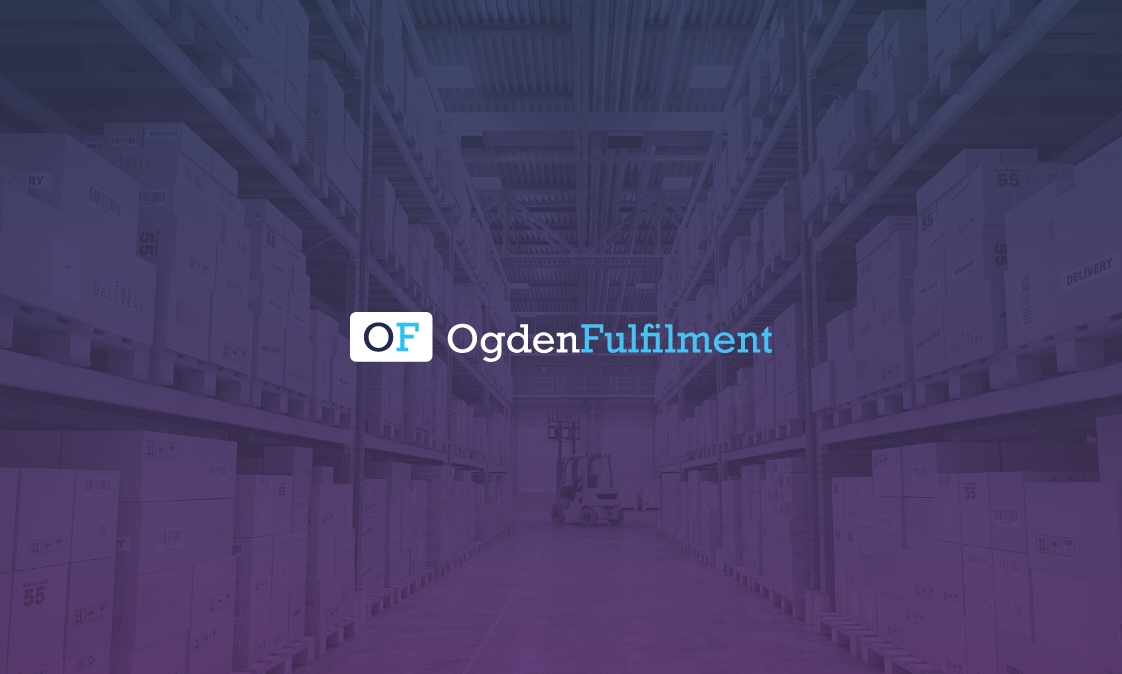Optimising Your Ecommerce Checkout Process: Boost Conversions and Reduce Abandonment

03/07/2025 | Share:
The checkout process plays a crucial role in converting online visitors into loyal customers. If not optimised, it can result in cart abandonment, which negatively affects your conversion rates and overall sales. A seamless and well-designed ecommerce checkout process improves the user experience, increases customer satisfaction, and encourages repeat business. In this blog, we’ll explore how to optimise your ecommerce checkout flow to boost conversions and reduce abandonment, ensuring a smoother purchase process for your customers.
The Importance of an Optimised Ecommerce Checkout Process
 An optimised ecommerce checkout process is critical for turning prospective buyers into customers. A complicated or lengthy checkout process often leads to frustration, resulting in cart abandonment. According to various studies, a significant number of customers abandon their carts due to a complicated checkout process, high shipping costs, or forced account creation. To reduce abandonment and improve conversion rates, it’s essential to focus on streamlining the entire process, from the moment a customer adds items to their cart to completing the transaction.
An optimised ecommerce checkout process is critical for turning prospective buyers into customers. A complicated or lengthy checkout process often leads to frustration, resulting in cart abandonment. According to various studies, a significant number of customers abandon their carts due to a complicated checkout process, high shipping costs, or forced account creation. To reduce abandonment and improve conversion rates, it’s essential to focus on streamlining the entire process, from the moment a customer adds items to their cart to completing the transaction.
Simplifying the Checkout Flow
The first step in optimising the ecommerce checkout flow is to simplify it. A streamlined checkout process improves user experience and reduces the chances of customers abandoning their purchase midway. Here are some tips to enhance the checkout flow:
- Single Page Checkout: A multi-page checkout can often be a barrier to completing the purchase. A single-page checkout, where customers can view and edit their cart, input billing and shipping details, and make payment on one page, can significantly reduce abandonment rates.
- Progress Indicators: If a multi-page checkout is necessary, make sure to display clear progress indicators so customers know how many steps remain. This reassures them and reduces anxiety, making them more likely to complete the process.
Offer Multiple Payment and Shipping Options
 One of the key factors in reducing ecommerce checkout abandonment is providing various payment and shipping options that cater to your customers’ preferences.
One of the key factors in reducing ecommerce checkout abandonment is providing various payment and shipping options that cater to your customers’ preferences.
- Preferred Payment Methods: Offer multiple payment methods, such as credit cards, debit cards, PayPal, Apple Pay, Google Pay, and digital wallets. By providing several payment options, customers can choose their preferred method, which can increase the likelihood of completing the purchase.
- Guest Checkout Option: A common reason for cart abandonment is the requirement to create an account before checking out. While account creation can be beneficial for building customer loyalty, offering a guest checkout option allows customers to complete their purchase without the hassle of account creation. This option reduces friction in the checkout process and encourages more sales.
- Mobile Optimisation: With the rise of mobile commerce, optimising the checkout process for mobile devices is crucial. Ensure that the ecommerce checkout page is mobile-friendly, with easy-to-fill form fields, fast load times, and clear instructions. A smooth mobile checkout experience will encourage customers to complete their purchase, regardless of the device they are using.
- Multiple Shipping Options: Allowing customers to choose from different shipping methods (e.g., standard shipping, expedited shipping, or free shipping for orders over a certain amount) can improve the overall shopping experience. Transparent pricing, including delivery fees, is essential to prevent cart abandonment due to unexpected costs at the checkout.
Reduce Form Fields and Simplify Data Entry
 Filling out long forms can be a frustrating part of the checkout process. Reducing the number of form fields and simplifying data entry can significantly improve the user experience and reduce cart abandonment. Here’s how to streamline the process:
Filling out long forms can be a frustrating part of the checkout process. Reducing the number of form fields and simplifying data entry can significantly improve the user experience and reduce cart abandonment. Here’s how to streamline the process:
- Smart Form Filling: Implement auto-fill options and pre-populate fields with data where possible. For example, if a customer has entered their billing address, the system can pre-fill their shipping address, saving them time and effort.
- Clear and Simple Form Fields: Keep form fields minimal and only ask for the essential information required to complete the purchase. For example, don’t ask for unnecessary details like social media accounts or alternate contact information. Customers should only need to enter their shipping and billing information, payment details, and any necessary promo codes.
- SSL Certificates: Security is a top concern for online shoppers when entering payment information. Make sure your ecommerce site has an SSL certificate, ensuring that customer data is encrypted and protected. Display trust signals such as “Secure Checkout” badges to reassure customers that their information is safe.
Reassure Customers with Clear Communication
 Customers often abandon their carts when they are unsure of the total cost or shipping details. Transparency is key to gaining customer trust and reducing abandonment.
Customers often abandon their carts when they are unsure of the total cost or shipping details. Transparency is key to gaining customer trust and reducing abandonment.
- Transparent Pricing: Ensure that all costs, including shipping fees, taxes, and delivery charges, are clearly communicated early in the checkout process. Avoid hidden fees that can surprise customers at the final stage.
- Order Details: Display a summary of the order before customers finalise the payment. This should include the product name, price, quantity, shipping costs, and estimated delivery time.
- Delivery Information: Be clear about estimated delivery times, particularly for peak shopping seasons like Black Friday and Christmas. Reassure customers that their order will arrive on time by offering reliable shipping methods.
Encourage Repeat Business with Loyalty Programs
 A great way to foster long-term customer relationships is by implementing loyalty programs. Reward customers for making repeat purchases, which can help improve customer retention rates and encourage higher lifetime value. Some ways to build loyalty include:
A great way to foster long-term customer relationships is by implementing loyalty programs. Reward customers for making repeat purchases, which can help improve customer retention rates and encourage higher lifetime value. Some ways to build loyalty include:
- Reward Points System: Provide customers with points for each purchase, which they can later redeem for discounts, complimentary shipping, or other exclusive perks. This incentivises customers to return to your store and make more purchases.
- Exclusive Discounts: Provide loyal customers with exclusive discounts or early access to sales events, helping to build brand affinity and encourage repeat business.
- Personalised Experiences: Use customer data to offer personalised experiences, such as recommending products based on their previous purchases or preferences. Personalisation can significantly enhance the customer experience and increase the likelihood of repeat purchases.
Final Thoughts on Ecommerce Checkout Optimisation
The ecommerce checkout process is a critical part of the customer journey. By focusing on simplicity, providing multiple payment and shipping options, and ensuring a smooth and secure checkout experience, you can boost conversions, reduce abandonment rates, and improve customer satisfaction. Remember that every step of the checkout process should be designed with the customer in mind, ensuring a seamless and enjoyable experience that encourages future purchases.
Investing time and resources into optimising your ecommerce checkout process can yield long-term benefits, from higher sales and repeat business to improved customer loyalty and satisfaction. By offering an efficient and customer-friendly checkout flow, your ecommerce business will be better positioned for success in a competitive online marketplace.






